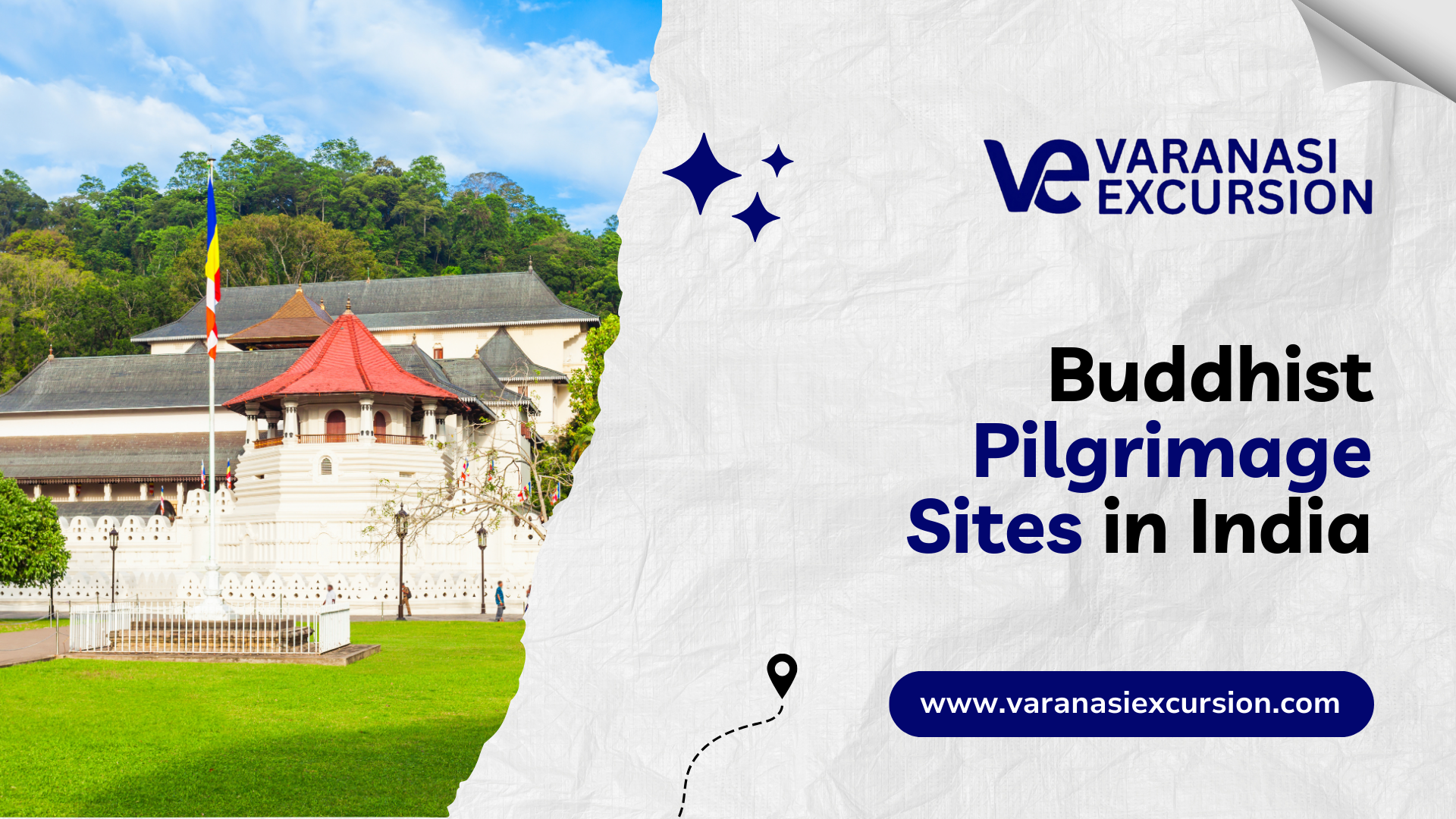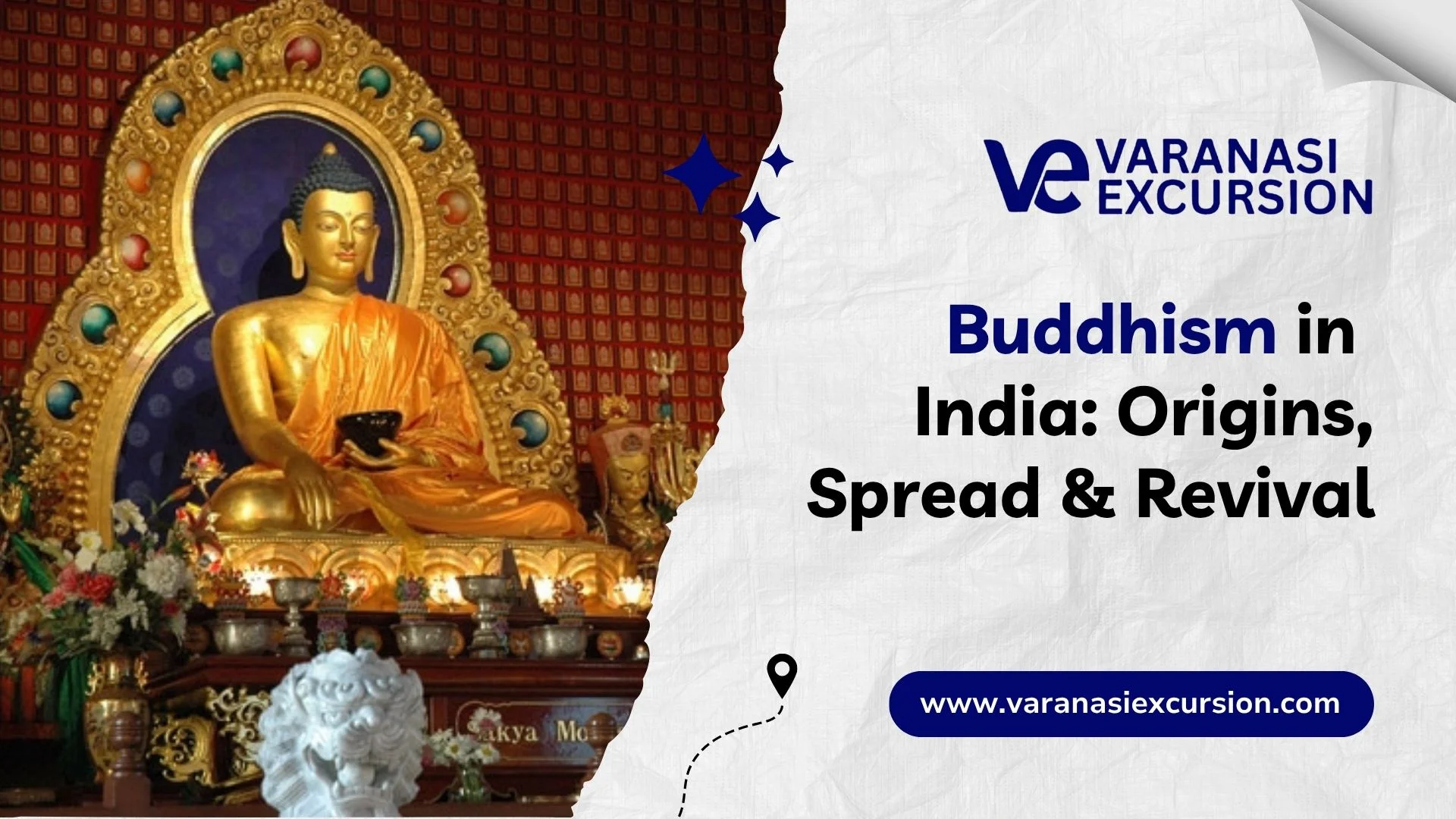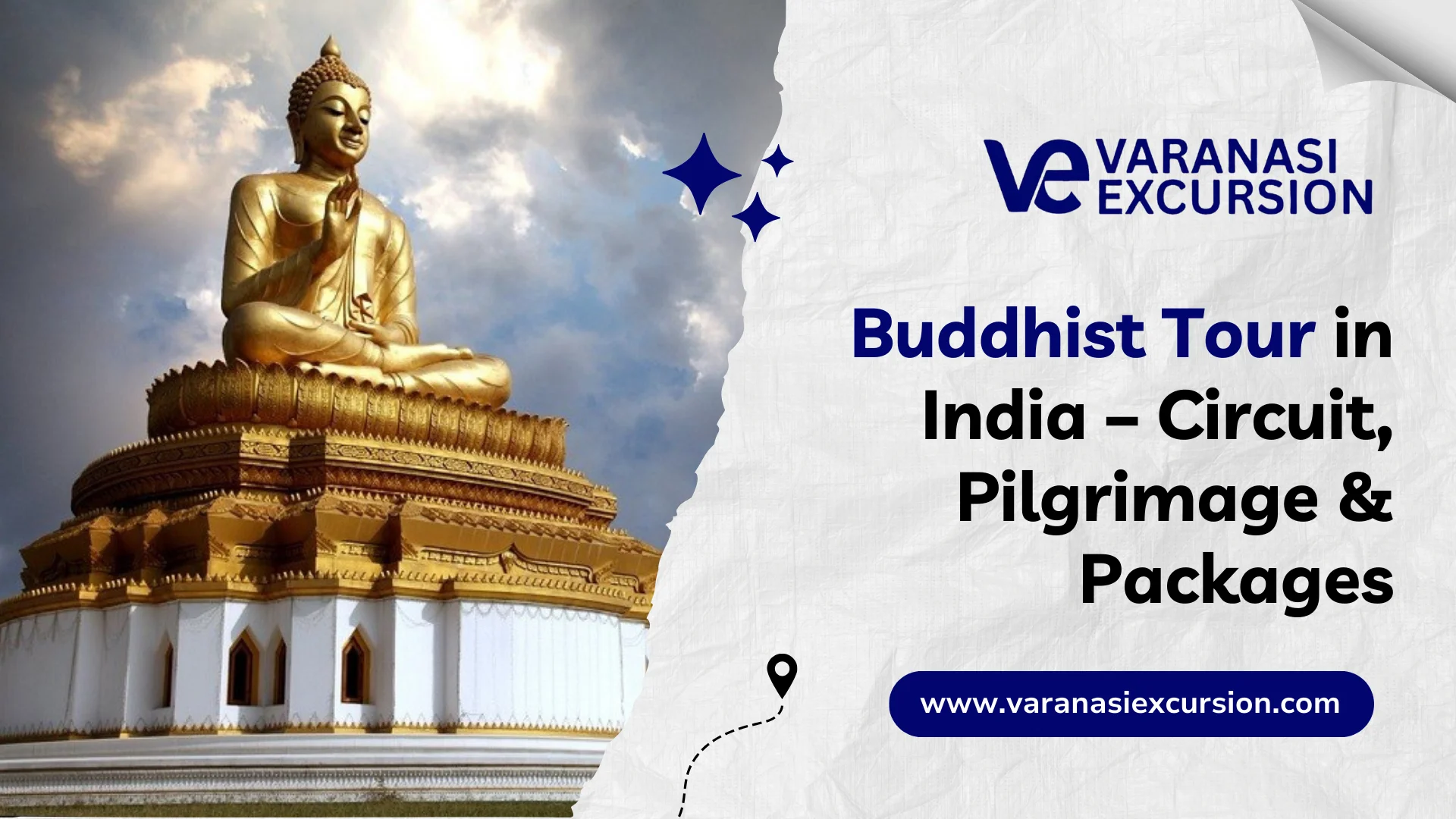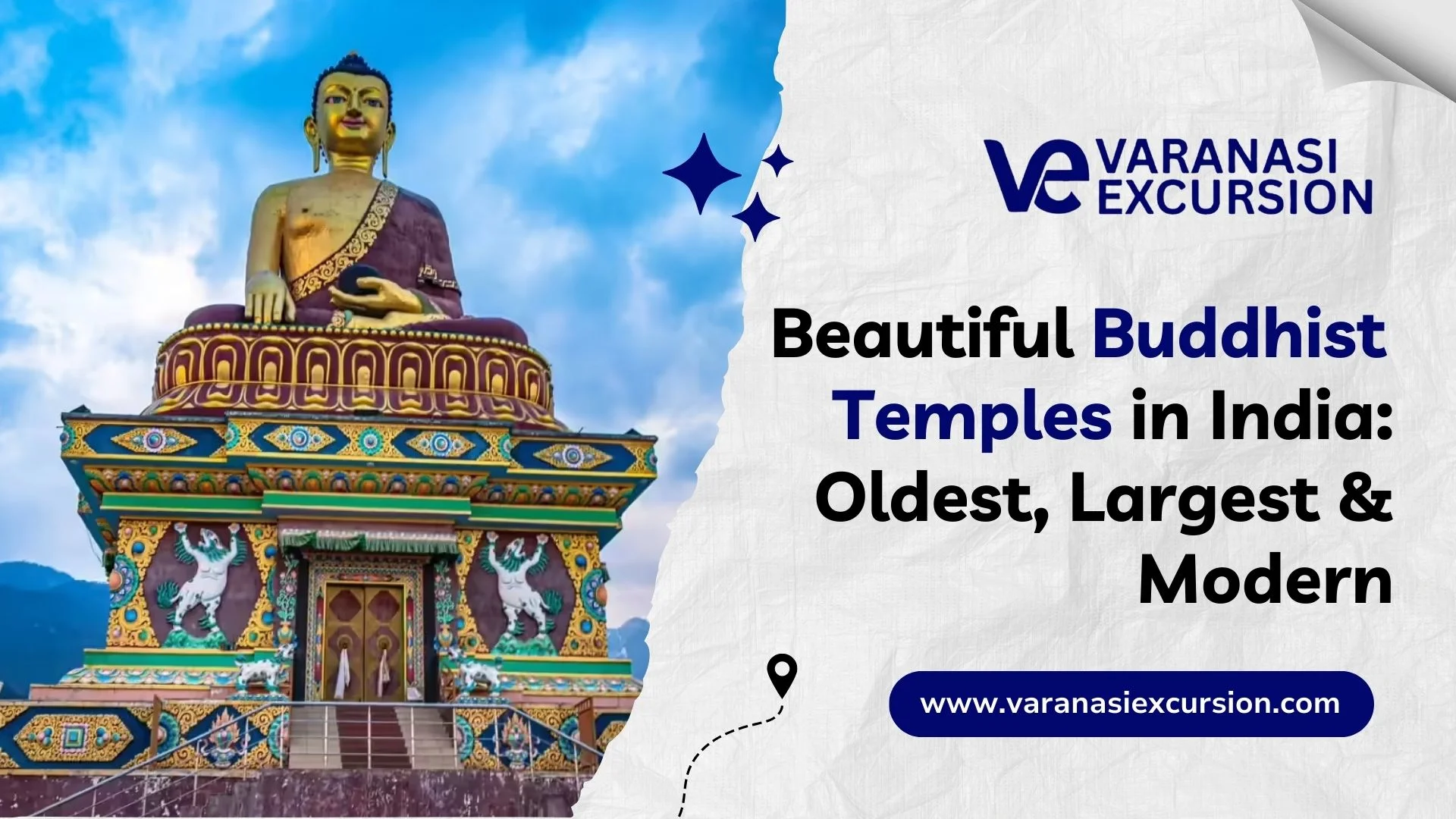I grew up in Varanasi, a city where every street feels like a lesson in faith and culture. Surrounded by temples and ghats, I thought I was well aware of all the religions of India.
Hinduism, which is followed by Hindus who celebrate all the festivals like Holi, Diwali, and Dussehra. Islam, followed by the Muslim community, who celebrate Eid al-Fitr, for which we used to get invitations, and are mostly famous for sevaiyaan. Sikhism, commonly known as punjabies, who wear a turban and celebrate Lohri.
But one school trip changed everything for me. I still remember being in class 4 when our teachers took us to Sarnath, just a short drive from Varanasi. Until then, I had only heard of Buddhism in passing, but that day, as I walked past the Dhamek Stupa and listened to the story of how the Buddha gave his first sermon there, something stayed with me.
It was the first time I realized that India is not only the land of Hindu epics and Sikh gurus but also the birthplace of Buddhism, a faith that carries messages of peace, compassion, and inner awakening.
Later in life, I understood it even more deeply during a Buddhist festival, where monks created a stunning mandala with grains of sand, only to wipe it away once it was complete. That moment taught me my first lesson in attachment and detachment that beauty, like life, is temporary.
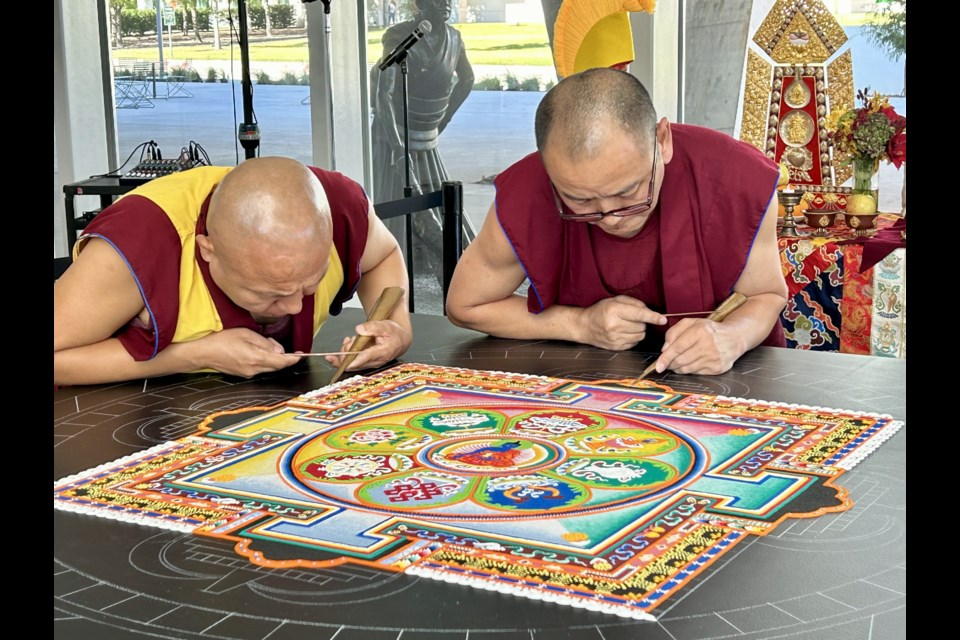
Since then, I’ve looked at Buddhist pilgrimage sites in India not just as tourist attractions, but as living classrooms of wisdom. Each place has a story that connects us to the life and teachings of the Buddha.
In this journey, let me take you through the most important Buddhist holy places in India, from Bodh Gaya to Sarnath, and beyond.
Why is India the heart of Buddhism?
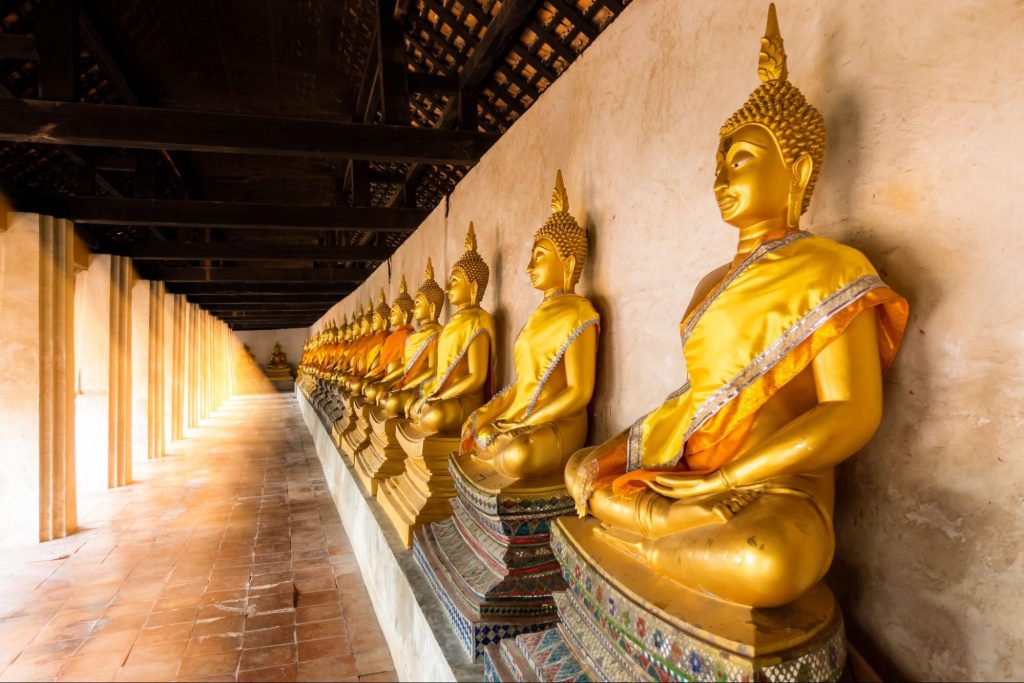
India has always felt like a land full of stories, and one of the most powerful stories began here more than 2,500 years ago. A young prince named Siddhartha lived in this land. One day, he walked away from his palace to find answers about life and suffering. In time, he became the Buddha.
Even though Buddhism later spread to countries like Sri Lanka, China, and Japan, the real roots are still here in India. That’s why people from every corner of the world travel to see the Buddhist holy places in India.
When you stand in Bodh Gaya, where the Buddha found enlightenment, or at Sarnath, where he gave his first teaching, it doesn’t feel like you’re only visiting history. It feels like you’re standing inside a living lesson.
These Buddhist pilgrimage sites in India carry a quiet power, people still come to meditate, pray, or simply sit in peace.
Maybe that’s why India is called the heart of Buddhist pilgrimage tourism. Because here, you don’t just read about Buddhism. You feel it.
Top buddhist pilgrimage sites in India that you shouldn’t miss
The story of Buddhism is written across India, not in books alone, but in sacred places that still stand today. These Buddhist pilgrimage sites in India are more than monuments, they are living examples of wisdom, compassion, and peace.
Bodh Gaya – The enlightenment site

If there is one place every Buddhist dreams of visiting, it is Bodh Gaya. This is where Siddhartha sat under the Bodhi tree and meditated until he found the truth of life becoming the Buddha.
Today, you can still see the Mahabodhi Temple, a UNESCO World Heritage site, and even a descendant of the original Bodhi tree. When you sit there quietly, with monks chanting around you, it feels as if time has stopped. No wonder Bodh Gaya is called the most important of all Buddhist pilgrimage sites in India.
📌 Related: Famous Buddhist Temples in India in 2025: Complete Guide
Sarnath – The first sermon
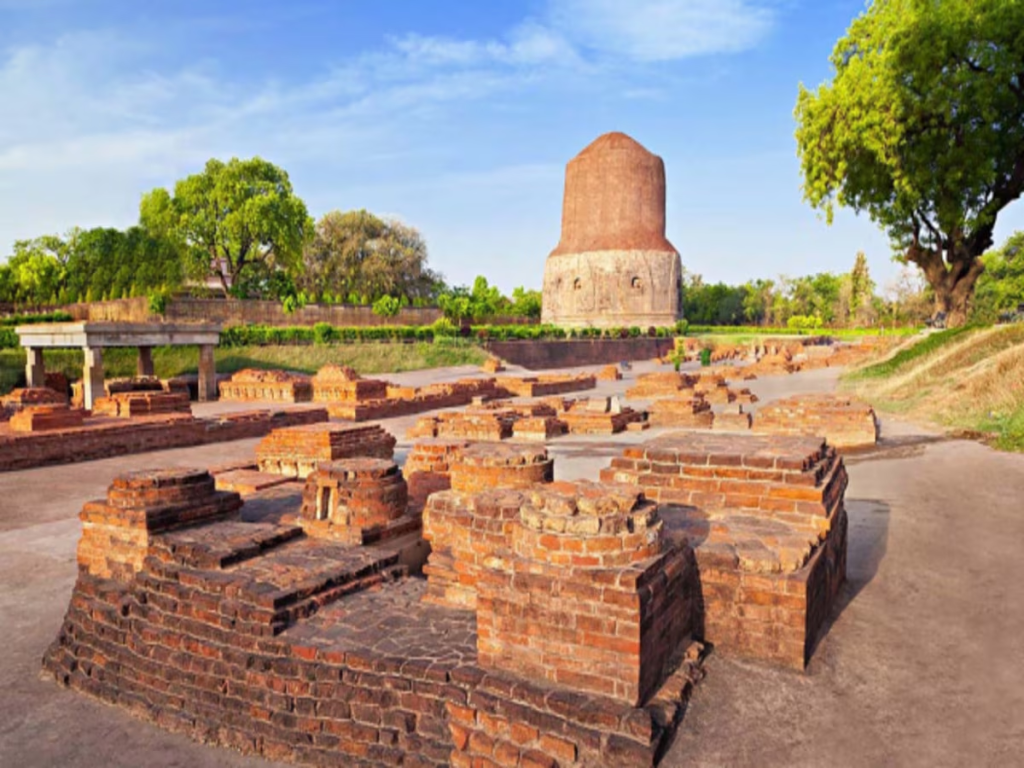
For me, Sarnath has always been close to heart. Growing up in Varanasi, I visited it first during a school trip in class 4. Back then, I didn’t fully understand its value, but now I know why it is so important.
It was here, at Sarnath, that the Buddha gave his first sermon after enlightenment. He shared the “Four Noble Truths” , the core teaching of Buddhism. The Dhamek Stupa and the Ashoka Pillar still stand as reminders of that moment in history.
Walking through Sarnath, you don’t just see ruins. You feel the energy of a place where a new path of peace and kindness was first spoken to the world.
Kushinagar – Mahaparinirvana site

Another deeply sacred spot is Kushinagar, in Uttar Pradesh. This is where the Buddha spent his last moments and entered Mahaparinirvana, the ultimate peace beyond life and death.
The Parinirvana Temple with its reclining Buddha statue is the main attraction here. Pilgrims from across the world come and sit quietly in front of it. The atmosphere is calm, almost like the whole town whispers a message of acceptance and peace.
For many visitors, Kushinagar is not about sadness but about learning to let go, just as the Buddha taught.
Rajgir & Nalanda – Seat of learning
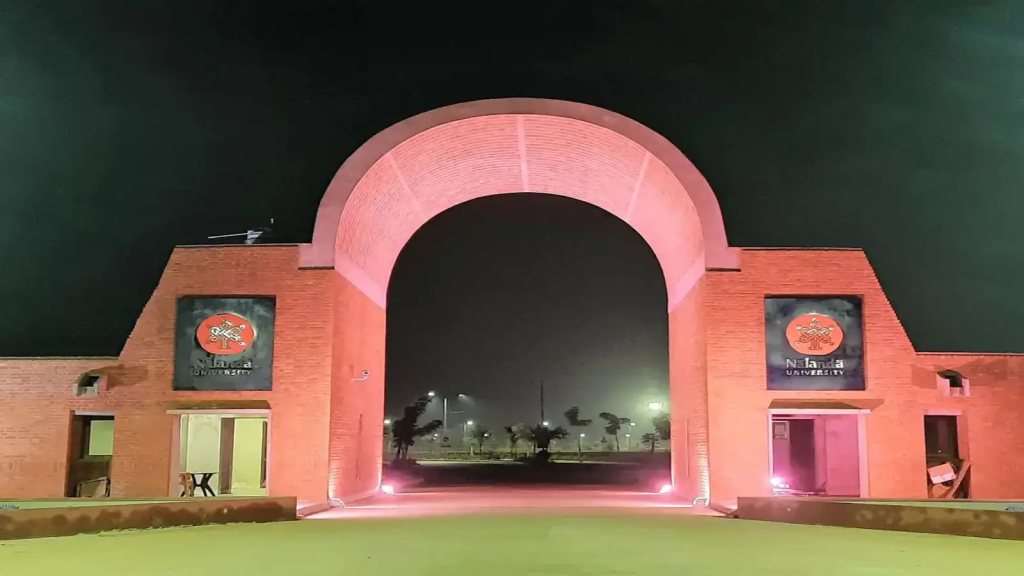
Rajgir, a small town in Bihar, holds a very special place in Buddhist history. Here at Vulture’s Peak, the Buddha delivered many of his sermons to his followers. The hills are still peaceful, and if you climb up, you can imagine the Buddha sitting there, speaking about compassion and wisdom.
Close to Rajgir is Nalanda, once the world’s greatest learning center. The ruins of Nalanda University remind us that it was not just a school but a hub of Buddhist philosophy, science, and culture.
Monks from different countries used to come here to study, making it one of the oldest international universities in the world. Even today, walking among the red-brick ruins feels like stepping back into a golden age of knowledge.
Shravasti – Monastic life
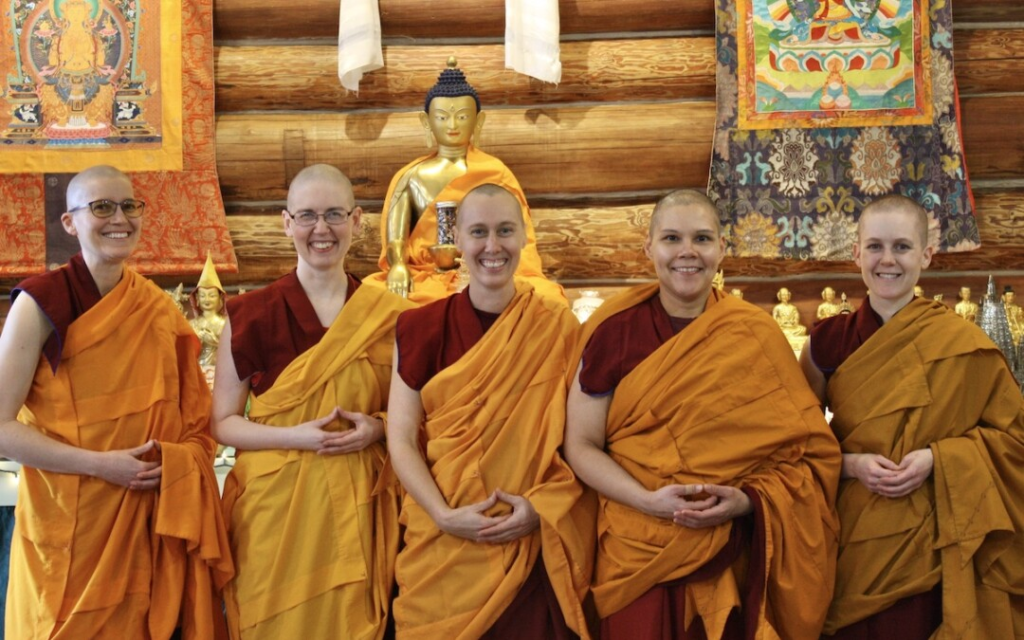
Shravasti, in Uttar Pradesh, is where the Buddha spent the largest part of his life as a teacher. In fact, he spent 24 rainy seasons here, teaching and living with his disciples.
The main attraction is the Jetavana Monastery, which was one of the most important monasteries of its time. Pilgrims still visit Jetavana to meditate and connect with the spirit of monastic life. Shravasti shows us that Buddhism was not just about big moments like enlightenment or Nirvana, it was also about the simple life and everyday practice of living mindfully.
Ajanta & Ellora Caves – Buddhist art & architecture
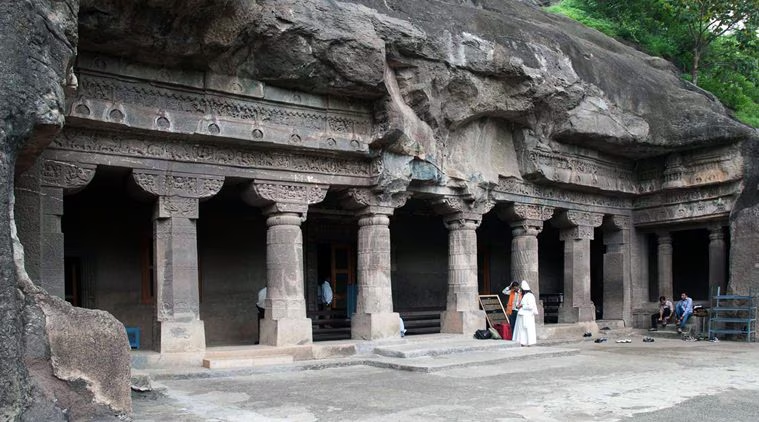
If you love art, the Ajanta and Ellora Caves in Maharashtra will leave you amazed. These are not just caves; they are rock-cut monasteries, halls, and temples carved into the mountains almost 2,000 years ago.
The walls are decorated with murals and sculptures that tell stories from the life of the Buddha and Jataka tales. Every detail shows the patience, skill, and devotion of the monks and artists. These caves are a symbol of how Buddhism shaped Indian art and architecture, turning stone into a spiritual canvas.
📌 Related: 13 Top Buddhist Monasteries in India for Travelers in 2025
Where to find the famous buddhist pilgrimage sites in India
If you’re planning a spiritual journey, here’s a simple guide showing the exact states and towns where these famous Buddhist pilgrimage sites are located.
| Site | State | Nearest City/Village |
| Bodh Gaya (Mahabodhi Temple) | Bihar | Bodh Gaya town, Gaya district |
| Sarnath (Dhamek Stupa, Ashoka Pillar) | Uttar Pradesh | Sarnath, near Varanasi |
| Kushinagar (Parinirvana Temple) | Uttar Pradesh | Kushinagar town, Kushinagar district |
| Rajgir (Vulture’s Peak) | Bihar | Rajgir town, Nalanda district |
| Nalanda (University Ruins) | Bihar | Nalanda village, Nalanda district |
| Shravasti (Jetavana Monastery) | Uttar Pradesh | Sahet-Mahet, near Balrampur |
| Ajanta Caves | Maharashtra | Ajanta village, Jalgaon district |
| Ellora Caves | Maharashtra | Ellora, Aurangabad district |
| Vaishali | Bihar | Basarh village, Vaishali district |
| Kaushambi | Uttar Pradesh | Kaushambi, near Prayagraj (Allahabad) |
| Sankissa | Uttar Pradesh | Sankisa Basantapur village, Farrukhabad district |
Lessons beyond pilgrimage: What Buddhism teaches
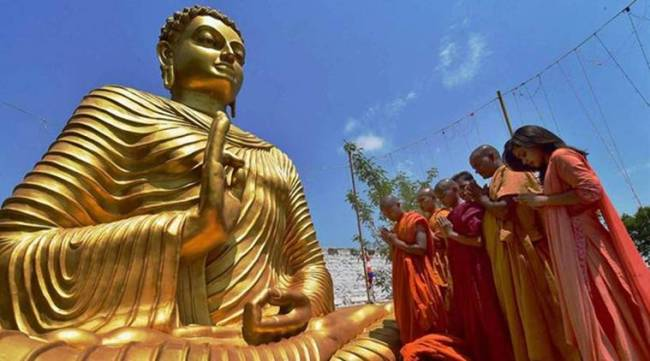
Visiting Buddhist pilgrimage sites is not only about seeing temples and monuments. Each place also carries a message that connects to everyday life.
Buddhism teaches us values like peace, kindness, patience, and balance. One of the most powerful lessons is about attachment and detachment: how to love and care deeply? but without holding on so tightly that it causes pain.
Travel tips for Buddhist pilgrimage in India

A Buddhist pilgrimage is not just about travel, it’s about respect and learning. Here are some easy tips to keep in mind:
Best time to visit: October to March is the most comfortable season for most sites.
Clothing: Wear modest, simple clothes. Light cotton works best in summer; carry a shawl or sweater for winter.
Respect the sites: Many places are active temples and monasteries. Keep silence, remove shoes where required, and avoid touching statues.
Guides and books: Hiring a local guide or carrying a small book on Buddhism can make your journey more meaningful.
Stay options: Pilgrimage towns usually have guesthouses, dharamshalas, and budget hotels. Book early in peak season.
Health and safety: Carry water, light snacks, and basic medicines while traveling between remote sites.
The Journey ends, but the lessons stay
Visiting the Buddhist pilgrimage sites in India is more than just a trip to old temples and monuments. It is a journey into peace, kindness, and self-discovery.
From Sarnath to Bodh Gaya, each place reminds us of the Buddha’s message that life becomes lighter when we learn compassion, mindfulness, and detachment. The journey may end when we return home, but the lessons stay with us forever, guiding us in daily life.
But planning such a journey across different states, villages, and historic towns is not always easy. That’s where the Varanasi excursion can help.
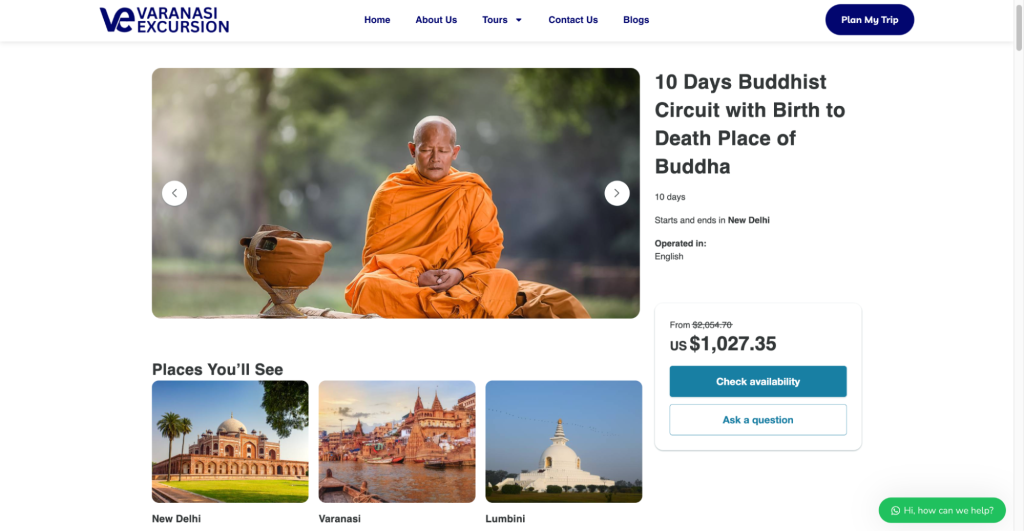
With our expertise in cultural and spiritual travel, we make it simple to explore India’s famous Buddhist pilgrimage sites without stress. Whether it’s Bodh Gaya, Rajgir, Nalanda, or Ajanta, you can focus on the experience, while we take care of the travel.
Start your own Buddhist pilgrimage with and walk in the footsteps of the Buddha with comfort and guidance.
We’re always ready whenever you’re. Just give us a call at +91 9005104999.
Your Buddhist trail is waiting. 🌿
Namo Buddhaya 🙏

